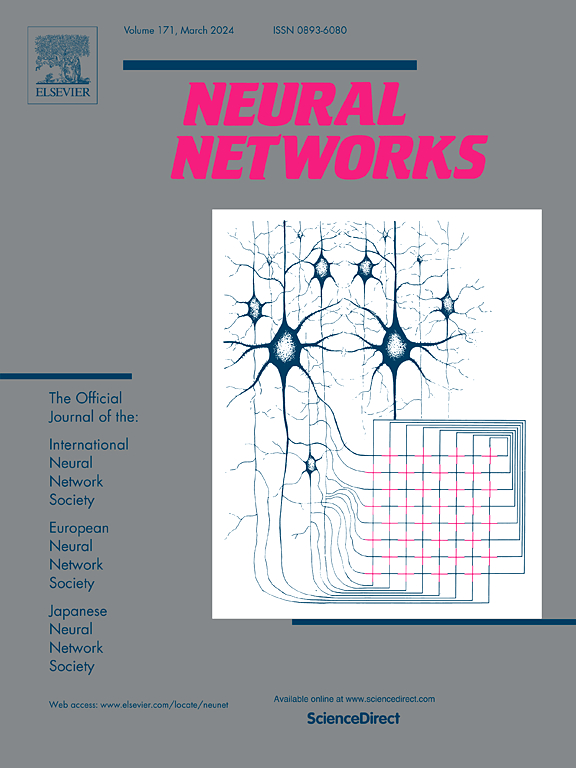用于图像字幕的多级语义感知转换器
IF 6
1区 计算机科学
Q1 COMPUTER SCIENCE, ARTIFICIAL INTELLIGENCE
引用次数: 0
摘要
有效的视觉表现是图像字幕任务的关键。在现有的方法中,基于网格的视觉编码方法将从整个图像中提取的碎片化特征作为输入,缺乏集中在显著目标上的细粒度语义信息。为了解决这一问题,我们提出了一种有效的方法,即用于图像字幕的多级语义感知转换(MLSAT),以同时关注上下文细节和以突出对象为中心的高级语义信息。首先,为了模拟网格的空间相关性和显著对象的语义交互,我们提出了视觉内容引导注意(VCGA),该方法根据网格的视觉内容自适应地将网格的相对位置关系嵌入到视觉特征中,并作为编码器的注意层。然后,为了增强视觉表征,我们提出了多级语义感知(MLSA)模块,该模块进一步以显著对象为中心对细粒度语义信息进行建模。在该模块中,首先使用语义信息提取器(SIE)从编码器中提取主语义信息,然后通过语义提炼器(SR)对主语义信息进行提炼,并通过视觉语义融合块(V-SFB)自适应集成到视觉表示中。我们的MLSAT在MS-COCO数据集上进行了广泛的评估,并优于最先进的模型,在官方在线测试服务器上获得了135.1%的CIDEr (c40)。源代码可从https://github.com/XvZhao147/MLSAT获得本文章由计算机程序翻译,如有差异,请以英文原文为准。
Multi-level semantic-aware transformer for image captioning
Effective visual representation is crucial for image captioning task. Among the existing methods, the grid-based visual encoding methods take fragmented features extracted from the entire image as input, lacking the fine-grained semantic information focused on salient objects. To address this issue, we propose an effective method, namely Multi-Level Semantic-Aware Transformer (MLSAT) for image captioning, to simultaneously focus on contextual details and high-level semantic information centered on salient objects. First, to model the spatial correlations of grids and the semantic interactions of salient objects, we propose the Visual Content Guided Attention (VCGA), which adaptively embeds the relative position relationships of the grids into the visual features based on their visual content and is used as the attention layer of the encoder. Then, in order to enhance the visual representation, we propose the Multi-Level Semantic-Aware (MLSA) module which further models the fine-grained semantic information centered on salient objects. In this module, the primary semantic information is first extracted from the encoder by using the Semantic Information Extractor (SIE), then refined by the Semantic Refiner (SR) and adaptively integrated into the visual representation by the Visual-Semantic Fusion Block (V-SFB). Our MLSAT is extensively evaluated on the MS-COCO dataset and outperforms the state-of-the-art models, with 135.1% CIDEr (c40) on the official online testing server. The source code is available at https://github.com/XvZhao147/MLSAT
求助全文
通过发布文献求助,成功后即可免费获取论文全文。
去求助
来源期刊

Neural Networks
工程技术-计算机:人工智能
CiteScore
13.90
自引率
7.70%
发文量
425
审稿时长
67 days
期刊介绍:
Neural Networks is a platform that aims to foster an international community of scholars and practitioners interested in neural networks, deep learning, and other approaches to artificial intelligence and machine learning. Our journal invites submissions covering various aspects of neural networks research, from computational neuroscience and cognitive modeling to mathematical analyses and engineering applications. By providing a forum for interdisciplinary discussions between biology and technology, we aim to encourage the development of biologically-inspired artificial intelligence.
 求助内容:
求助内容: 应助结果提醒方式:
应助结果提醒方式:


